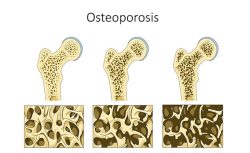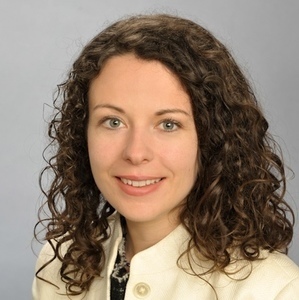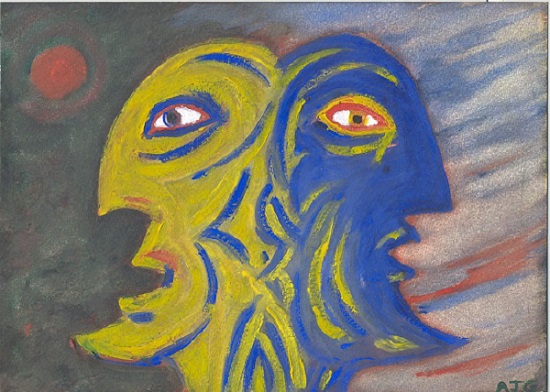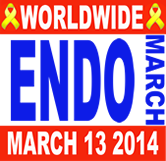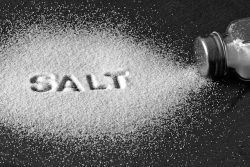My story is the silent story of many women. I have spent too many days lying in bed, praying for the pain to subside. I’ve crammed myself with medication, submitted to futile surgeries, eliminated so many foods from my diet that there’s not much left. Recently, as part of a campaign for awareness, I was asked to “note my wish” with respect to living with my disease. I ask myself: what is my wish? That after 28 years of living with this disease, four surgeries, and countless failed treatments, I wouldn’t still sometimes be stuck in bed for days or even a week at a time, with debilitating pain? That I’d be able to get up out of bed, walk downstairs and enjoy putting my son to bed, the son that it took me eight years and 6 miscarriages to have?
Maybe I should wish to get back all the time my disease has stolen from me: time when I should have been working, enjoying my children, socializing with my friends, and spending time with my husband. Maybe my wish is that if I told someone the reason why I can’t do these things, they would nod in immediate sympathy and understand, instead of me having to explain what my disease is, and why and how it affects me.
My children immediately knew what their wishes were, when I asked them. My oldest daughter, adopted as a newborn after my first three miscarriages, now twelve years old, said “I wish that you never had any pain, so that you could go shopping with me.” My eleven year old daughter, also adopted, said “I wish that you would never have surgery, and never be in the hospital.” And my six year old son said simply “I wish Mommy’s tummy never hurt at all. Except for 3 days after surgery.”
I have had endometriosis since I was 13 years old, but was only diagnosed at 34. Long diagnostic delays are very common—endometriosis, or “endo” as it is often abbreviated by those who suffer from it, is poorly understood by both the general public and many medical professionals. People with endometriosis don’t look sick, but for those of us who suffer from it, the disease is a powerful force in our lives.
Although I have had a long, and at times difficult, journey with this disease, I have been lucky in many ways. Some people with endometriosis have severe symptoms from the onset of puberty. In my case, my symptoms worsened slowly over time, so I was able to go to university, get two degrees, have a normal social life in my teens and twenties, and get married. My life was not seriously affected by pain and other symptoms until I was in my thirties.
At that point, one of the most prominent symptoms was that I began to have worsening and more frequent episodes of severe pelvic and abdominal pain, which would sometimes radiate to my hips, thighs, and lower back. One notable low point was when my husband was away on a business trip. I was trying to prepare dinner for my kids through worsening pain, which eventually got so severe that I ended up in the bathroom vomiting, with pain so bad I was lying on the bathroom floor, unable to get up. I could hear my girls fighting about something, and my son was pounding on the bathroom door saying “Mommy, let me in. Please Mommy, I’m your best friend!”
My endometriosis continued to worsen despite my best efforts. I had been to five different doctors, trying every treatment that was suggested. After two failed surgeries, many different types of birth control pills and painkillers, and hours of acupuncture, I finally thought I had the answer in a different type of surgery (laparoscopic excision surgery), practiced expertly by fewer than 100 in North America, but that many endometriosis patients get very good results from. I was excited to feel better post- surgery, and I continue to have a lot of relief from my endometriosis pain. However, two months after surgery I rapidly worsened due to problems with severe adhesions (scar tissue) that caused me to have pelvic, rib, chest, and bladder pain, and severe gastrointestinal problems. And even though I have found successful treatment for the adhesions through a specialized form of physical therapy available only in the U.S. (Clear Passage Physical Therapy), I still have times when my pain affects my ability to function in regular daily life. Endometriosis is a complex, chronic, and incurable disease, and often other diseases go along with it and complicate the picture.
Because of how deeply this disease has affected my life, I have developed a network of “endo friends”, and have also become involved in trying to help others with endo. On March 13, people with endometriosis, and those that support them, will unite their voices across Canada, and worldwide in over 54 countries, in the first ever “Endomarch,” aimed at raising awareness of this invisible disease. As part of this event, across Canada, people have been sending wishes to The Endometriosis Network Canada, under the hashtag #awishnoted. The virtual wall of wishes can be seen here.
The hashtag #awishnoted was chosen not just because many people who suffer with endometriosis have wishes for their lives, as I do, but also because it is an anagram for “what is endo?” One of the biggest wishes most endometriosis patients have is that more people would know the answer to that question.
I also have that wish, and more. I wish not just for more public understanding and awareness of what endometriosis is, but also for understanding of its effects on the bodies and spirits of those who suffer from it. I wish for more research to be devoted to finding better treatments, preventative measures, and a cure. I wish for better accessibility of quality medical care for endometriosis patients. And I wish that my children’s wishes for me could come true, for their sake and for mine.




